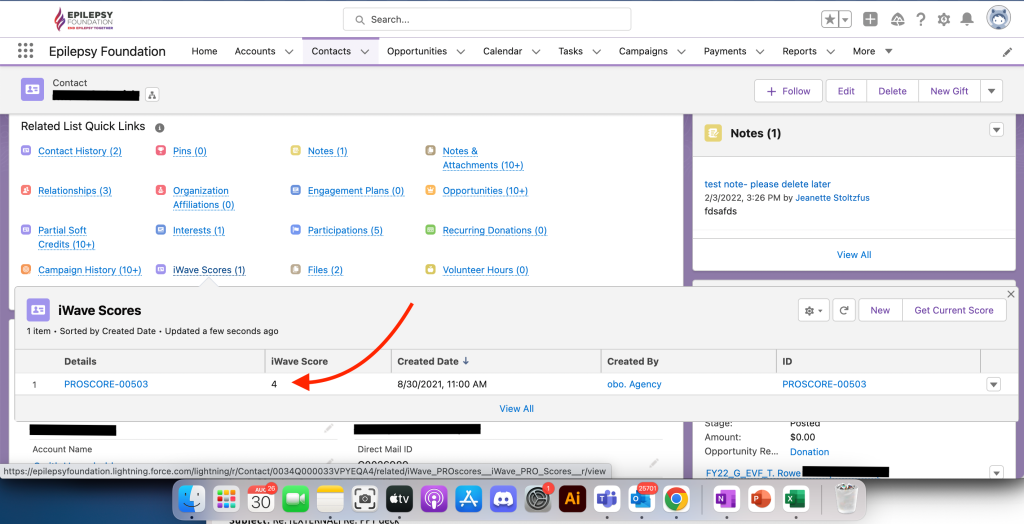A senior executive at JP Morgan once told me that they are not a bank, they are a tech company that does banking. This digital-first mindset embraces the central role that technology plays in the lives of their customers and employees.
As fundraising professionals, we are on the frontlines of the digital revolution. Donors are consumers, and digital marketplaces like Amazon shape their expectations. To meet rapidly changing donor expectations, we need to adopt a digital-first mindset to keep our organizations relevant and grow our missions.
But, a digital-first mindset means much more than staying on top of the latest online giving tools. It includes how we use data to make decisions, how we engage donors between solicitations, and the tools and automation that power our day-to-day operations.
In this blog, I’m going to bust some common myths about major giving to show how a digital-first mindset can benefit even the most analog of fundraising practices.
Myth 1: Getting to know prospects is manual work
Tools like iWave streamline our prospect research by automatically aggregating and analyzing publicly available data to create rich (pun intended) donor profiles for our major gift officers. iWave rates and scores an individual’s financial capacity, propensity to give, and affinity for our mission, adding scores directly to donor records in our Salesforce CRM. These scores allow us fundraisers to quickly segment and prioritize high-potential prospects based on these scores.

Giving fundraisers a new tool is often met with desperate sighs. It is critical that frontline fundraisers are given tools that not only serve a meaningful function, but are integrated into your CRM. This is a requirement now for any new system we consider. It reduces change felt by gift officers and (more importantly) doesn’t require yet another username and password to remember.
Myth 2: Meetings are the only way to build meaningful relationships
A vast majority of our donors want to engage digitally. Over the last few years, we have been able to build relationships faster by leaning on digital engagement. For example, we track what individual prospects view on our website, giving us a sense of their interests and priorities. This allows our major gift officers to email or text relevant content to prospects without having to meet in person.
Of course, we never turn down an opportunity to meet in-person with a major donor. However, we are very intentional about nurturing relationships in between meetings through personalized digital engagement. In fact, the closer we get to donors the more they engage with us through text and other digital channels.
Myth 3: Making the right ask is more art than science
Even the most experienced fundraisers can stumble when it comes to figuring out the right ask amount. An ask too high and you might miss a gift entirely. Too low and you may have left money on the table. While there is no magic formula, we do equip our teams with tools to make data-driven decisions.
For example, we integrated a tool called Arjuna ExactAsk with our Salesforce CRM. The tool feeds donor data from Salesforce into a patented machine-learning algorithm to personalize ask amounts for each prospect. Our fundraisers use this tool to gut-check what their experience and instincts tell them.
Myth 4: Small dollar donors don’t make good prospects
The allure of landing mega gifts from MacKenzie Scott and other ultra wealthy donors captures the imaginations of many nonprofit leaders and gift officers. When your team is focused on identifying new prospects, it’s easy to overlook the hidden gems already in your system.
We regularly uncover major gift prospects by periodically screening donors on our direct mail list. These individuals have already signaled their interest in our mission. All we have to do is evaluate their capacity to give, which only takes a few minutes with tools like iWave. The next mega donor might already give to your mission. You just have to look.
Myth 5: Donors judge us based on experiences with other nonprofits
The last few years forced us to spend more time shopping on Amazon and other online marketplaces. Retailers know all the ways you engage with them online and offline. When you call customer service, the agent knows you tend to buy socks online but prefer to purchase jeans at a physical store.
Retailers use the data they collect to personalize every communication with you from email and text to Instagram ads. These interactions have conditioned donors to expect seamless experiences every time they go online or speak to an agent, including when they engage with nonprofits.
You better believe our donors expect us to know how often they volunteer, what was discussed in our last meeting, and when they advocate for change on our behalf.
































